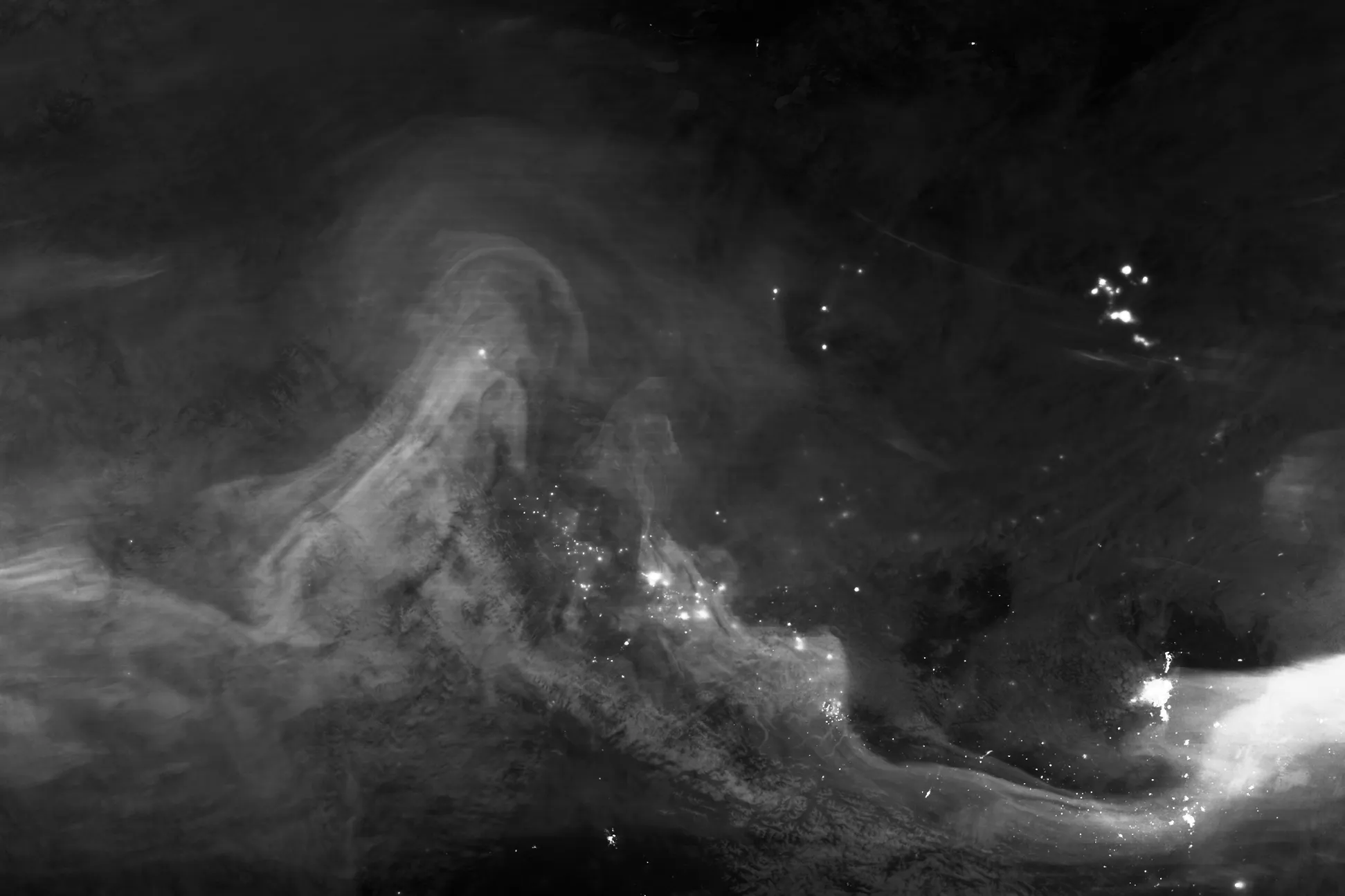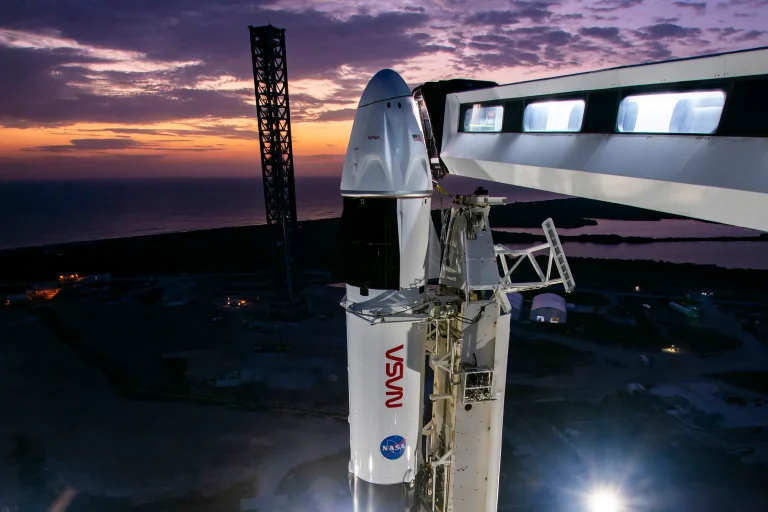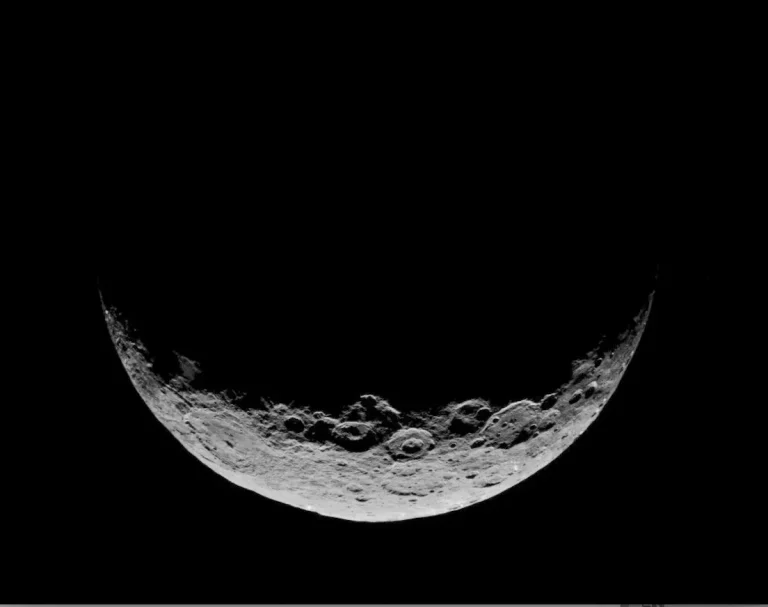The Visible Infrared Imaging Radiometer Suite sensor on the NOAA-NASA Suomi NPP satellite captured this image of the aurora borealis, or northern lights, over western Canada at 3:23 a.m. MST (5:23 a.m. EST) on November 5, 2023.
Auroras are colorful ribbons of light appearing in night skies, incited by a strong geomagnetic storm in Earth’s magnetosphere. Multiple coronal mass ejections from the Sun sent a surge of charged particles toward Earth. After colliding with Earth’s magnetosphere, some particles trapped in the magnetic field are accelerated into Earth’s upper atmosphere where they excite nitrogen and oxygen molecules and release photons of light, known as the aurora.
If you like watching displays such as these, you can help scientists verify aurora sightings so they can analyze and include them in space weather models.
Image Credit: NASA/Lauren Dauphin and Wanmei Liang, NOAA
NOAA-NASA的Suomi NPP卫星上的可见光红外成像辐射计套件传感器于2023年11月5日MST凌晨3:23(美国东部时间上午5:23)在加拿大西部拍摄了这张北极光的图像。
极光是出现在夜空中的彩色光带,是由地球磁层中强烈的地磁风暴所激发。来自太阳的多次日冕物质抛射向地球发射了大量带电粒子。在与地球磁层碰撞后,一些被困在磁场中的粒子被加速进入地球的高层大气,在那里它们激发氮和氧分子并释放光子,称为极光。
如果你喜欢看这样的展示,你可以帮助科学家验证极光现象,以便他们可以分析并将其纳入太空天气模型。
影像来源: NASA/Lauren Dauphin and Wanmei Liang, NOAA







